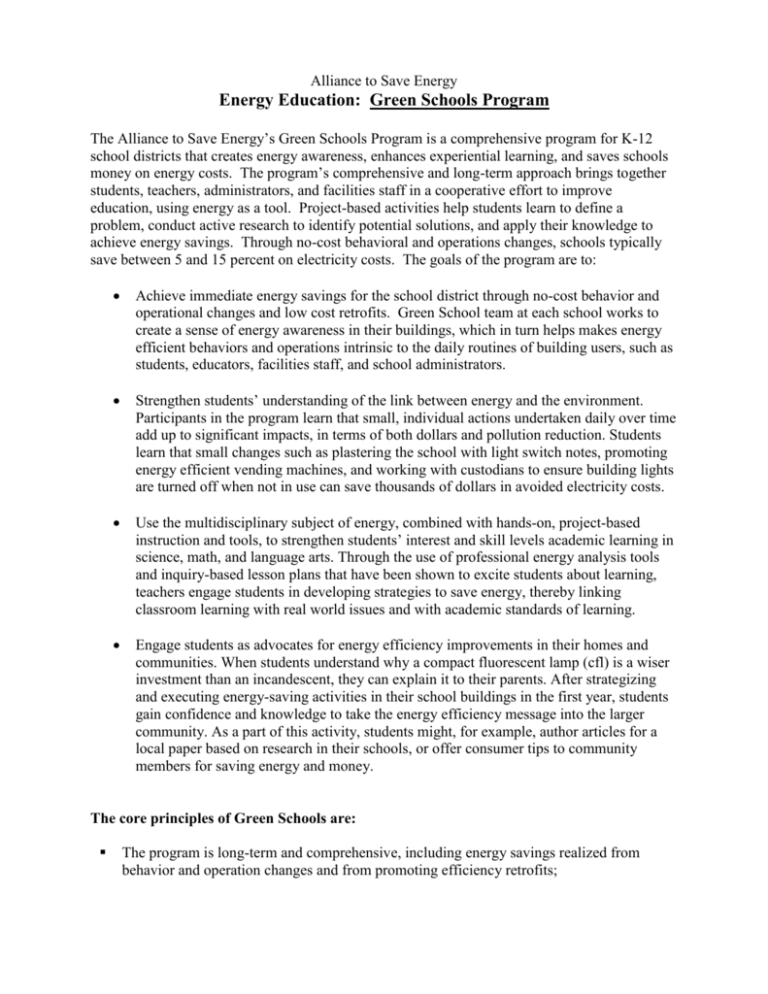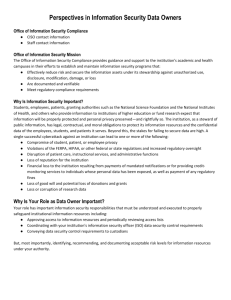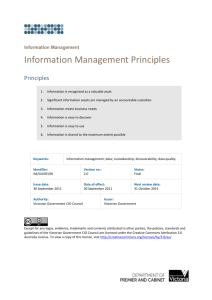The Alliance to Save Energy`s Green Schools Program is a
advertisement

Alliance to Save Energy Energy Education: Green Schools Program The Alliance to Save Energy’s Green Schools Program is a comprehensive program for K-12 school districts that creates energy awareness, enhances experiential learning, and saves schools money on energy costs. The program’s comprehensive and long-term approach brings together students, teachers, administrators, and facilities staff in a cooperative effort to improve education, using energy as a tool. Project-based activities help students learn to define a problem, conduct active research to identify potential solutions, and apply their knowledge to achieve energy savings. Through no-cost behavioral and operations changes, schools typically save between 5 and 15 percent on electricity costs. The goals of the program are to: Achieve immediate energy savings for the school district through no-cost behavior and operational changes and low cost retrofits. Green School team at each school works to create a sense of energy awareness in their buildings, which in turn helps makes energy efficient behaviors and operations intrinsic to the daily routines of building users, such as students, educators, facilities staff, and school administrators. Strengthen students’ understanding of the link between energy and the environment. Participants in the program learn that small, individual actions undertaken daily over time add up to significant impacts, in terms of both dollars and pollution reduction. Students learn that small changes such as plastering the school with light switch notes, promoting energy efficient vending machines, and working with custodians to ensure building lights are turned off when not in use can save thousands of dollars in avoided electricity costs. Use the multidisciplinary subject of energy, combined with hands-on, project-based instruction and tools, to strengthen students’ interest and skill levels academic learning in science, math, and language arts. Through the use of professional energy analysis tools and inquiry-based lesson plans that have been shown to excite students about learning, teachers engage students in developing strategies to save energy, thereby linking classroom learning with real world issues and with academic standards of learning. Engage students as advocates for energy efficiency improvements in their homes and communities. When students understand why a compact fluorescent lamp (cfl) is a wiser investment than an incandescent, they can explain it to their parents. After strategizing and executing energy-saving activities in their school buildings in the first year, students gain confidence and knowledge to take the energy efficiency message into the larger community. As a part of this activity, students might, for example, author articles for a local paper based on research in their schools, or offer consumer tips to community members for saving energy and money. The core principles of Green Schools are: The program is long-term and comprehensive, including energy savings realized from behavior and operation changes and from promoting efficiency retrofits; The school district participates in developing a baseline of energy use and to return a large percentage (generally 50 percent) of the dollars resulting from no-cost energy savings back to the schools that achieved them, to be used for educational purposes; The program is run at each school by teams of teachers, custodians, administrators and students working together; and The program uses a planning model, with teams at each school developing an implementation plan that supports their unique educational needs and priorities. School energy savings from the program are positive, immediate and visible. In cooperation with their teachers and custodians, Green Schools students generally contribute to school electricity savings averaging between five and 15 percent. These energy savings are significant not just in terms of dollars, but also in the experience that students gain from learning how to save energy, take action, and see the results in dollars and environmental benefits. The Green Schools Program is unique in its successful integration of school facility energy savings with energy instruction. In the Green Schools Program, custodians are part of the team, and they work with teachers in planning how to implement energy saving activities, as well as working directly with students. In some schools, custodians have led energy patrols; others have allowed students to access meters so they can calculate energy use. The overall impact of the team concept has proved to not only save energy, but also to create long-term partnerships between teachers and facilities staff that facilitate future cooperation on energy projects, and even changes the culture of the school to a more cooperative and sense of shared mission. The program is also particularly effective in engaging teachers to integrate energy into their instruction. It works with teachers’ needs, constraints and priorities. Its process-based approach encourages teachers to find instructional links and build energy efficiency into their curriculum across the disciplines of language arts, social studies, math and science. The heart of the program is the two-day workshop in which teams of teachers from each school use the instructional resources and hands-on tools provided to develop their own plan for integrating energy into their school year. The five-strand plan they develop includes: Instruction, (how do we use energy to teach our students?) Action (how will we save energy in our school?) Involvement (how will we get our whole school community involved) and Taking it home (how we help students teach their parents and community members) How will we involve our custodians in our energy-saving efforts? Green Schools Local Project Leaders provide intensive follow-up support to the teams of teachers, custodians, students and administrators, meeting at least once each month with the teams in every school. The energy education resources and support provided to teachers are the best available, including purchased curriculum as well as materials developed by utilities, state energy offices and national laboratories. They also include Alliance-developed materials such as hands-on diagnostic tools with a manual of lessons for grades K-12. All materials are correlated to the local instructional standards of learning and other tests. In sum, the Green Schools Program is a cutting-edge energy efficiency education program that brings energy savings to schools, homes and communities; brings energy education support and tools to teachers that will continue to be used for years, and empowers students to be future leaders and ambassadors for energy efficiency in their communities.









